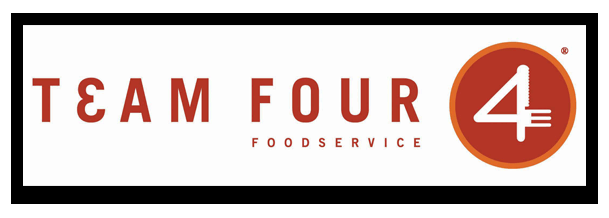|
In the restaurant business, your profit is food and your cash is water. Your business may survive for a time without profit, but it’s going to fail without cash. That’s how Jonathan Rosa, a small business finance consultant, spoke about the importance of understanding cashflow in a recent episode of the Restaurant Rockstars podcast. To thoroughly understand your cash position, you need to have systems in place to monitor where your cash is going every day. Otherwise, that cash is likely leaking out – through wastage, breakage or other means – when it could be feeding your bonus pool, employee incentives, capital improvements and other parts of your business that need resources.
Do you need to get a better handle on your business cashflow? If so, it doesn’t require sweeping changes or expensive systems. In fact, your biggest savings will likely be the culmination of many incremental changes you’re making throughout your business – and you can do it with a spreadsheet. To start, Rosa recommends tracking cash inflows and outflows every day for 30 days. It will show where cash is going and highlight your biggest areas of expense. Review your invoice history and track how prices are evolving, what items cost you the most, and which of these items might be adjusted through portioning or through substitution with a similar ingredient. Then give your menu a regular review. Systematic menu costing is something that doesn’t happen frequently enough at most restaurants, but it should. Otherwise, you might have a packed restaurant and busy staff on a Saturday night but find that you’re falling short on profits. Your burger menu may be drawing crowds and rave reviews, but if your burgers generate $3 less profit than other dishes on your menu, you’re leaving money on the table. You may be able to charge more for these in-demand menu items and/or redirect guests toward other items on your menu. As you review your cashflow patterns over the course of a month, you can zero in on not just your biggest expenses, but also your largest likely areas of waste. Making small adjustments can help you move the needle on cashflow in a positive direction.
0 Comments
Leave a Reply. |
More Financial MattersWhat’s the best financing option for my restaurant?Build revenue through the kitchenLegal claims: Are you leaving money on the table?Archives
June 2024
Categories
All
|
Foodservice CEO is provided for informational purposes only. It is intended to offer foodservice operators’ guidance regarding best practices in running their operations. Adherence to any recommendations included in this Guidance will not ensure a successful operation in every situation. Furthermore, the recommendations contained in this website should not be interpreted as setting a standard of operation or be deemed inclusive of all methods of operating nor exclusive of other methods of operating.
Copyright 2023 Team Four Foodservice, All Rights Reserved.





 RSS Feed
RSS Feed